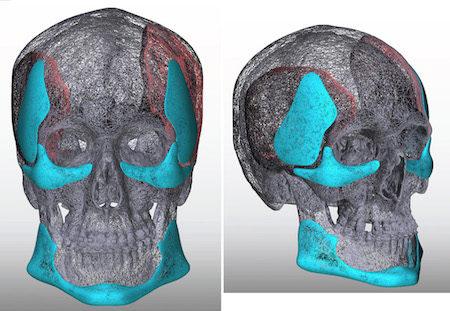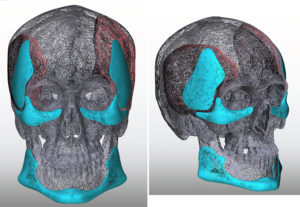Background: Custom facial implants provide the most substantial amount of facial augmentation due to their often larger bony surface areas that are covered. This combined with the ability to create one’s desired dimension and shape of the implant illustrate why this implant approach is far superior for many patient’s over the use of standard facial implant styles and sizes.
But despite the many advantages of custom facial implants, their design is speculative and there is no scientific method that assures that the design will create the exact look the patient desires. While the majority of patients achieve satisfactory outcomes with one surgery, there are some patients that discover their aesthetic outcomes are not initially achieved or the patient desires further improvement despite an uncomplicated and satisfactory outcome.
While the concept that a significant number of custom facial implants go on to further surgery with new implant designs, this is not as unusual as one would think. When considering that the facial structural changes that custom implants create takes patients to a new look that is not familiar, it is not so surprising that not only does it take time to adjust to it but desired changes are not uncommon.
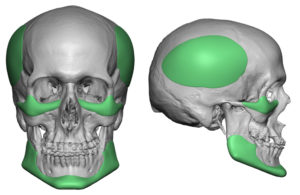
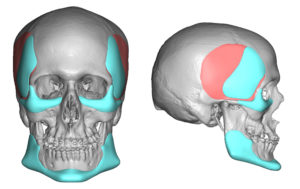
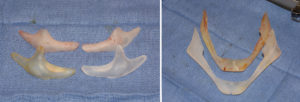
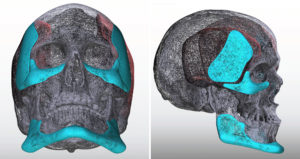
Case Highlights:
1) Custom facial implants are not infrequently exchanged for new implants in a desire to improve the initial result.
2) When larger custom facial implants are placed it is often necessary to stretch or release the existing capsule to make them fit correctly.
3) When one section of the temporal area is augmented, the rest of the temporal area is often desired to be augmented secondarily.
Dr. Barry Eppley
Indianapolis, Indiana

